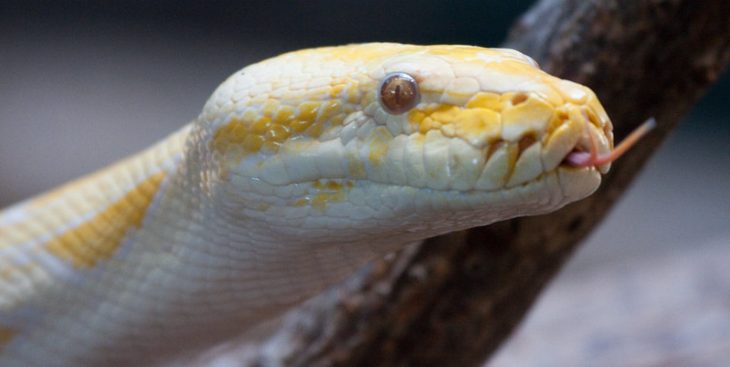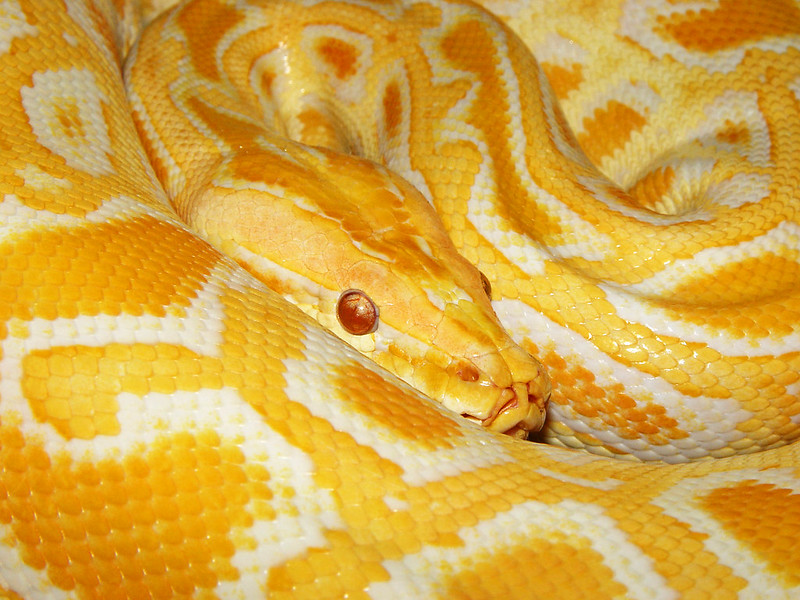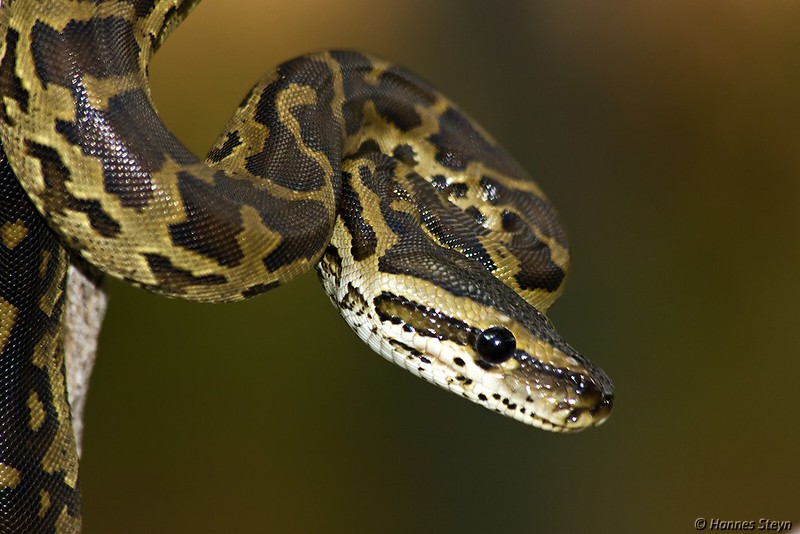
Burmese pythons, scientifically known as Python bivittatus, are majestic creatures that have captivated the attention of reptile enthusiasts and nature lovers alike. Native to Southeast Asia, these giant constrictor snakes are renowned for their impressive size, beautiful patterns, and unique behaviors. In this article, we will dive into the intriguing world of Burmese pythons, uncovering fun facts that shed light on their remarkable characteristics and captivating lifestyle.
Burmese Pythons: An Introduction
Burmese pythons belong to the Pythonidae family, which includes some of the largest snake species in the world. These magnificent serpents can grow to incredible lengths, with some individuals reaching over 20 feet (6 meters) in size. They are non-venomous and rely on their powerful bodies to subdue and constrict their prey.
Habitat and Distribution
Burmese pythons are native to the tropical and subtropical regions of Southeast Asia, including countries like Myanmar, Thailand, Vietnam, and Indonesia. They primarily inhabit habitats such as grasslands, marshes, swamps, and forests. However, due to their popularity in the pet trade, Burmese pythons have been introduced to various other parts of the world, including the United States.

Impressive Size and Growth
One of the most astounding features of Burmese pythons is their impressive size. As mentioned earlier, these snakes can reach lengths of over 20 feet, making them one of the largest snake species on the planet. However, it’s important to note that the size of an individual Burmese python can vary, and not all specimens grow to such extreme lengths.
Striking Patterns and Colors
Burmese pythons exhibit a distinctive pattern and coloration, which adds to their allure. Their bodies are covered in a beautiful mosaic of large, dark blotches outlined by lighter scales. The coloration can vary from shades of brown to light golden tones, depending on the individual and its habitat. This striking appearance allows them to blend into their surroundings and ambush unsuspecting prey.
Feeding and Diet
As constrictor snakes, Burmese pythons capture and kill their prey by constriction. They have an incredibly flexible jaw that allows them to swallow prey much larger than their own head. Burmese pythons primarily feed on small to medium-sized mammals, including rats, rabbits, birds, and occasionally larger prey such as deer and pigs. They are opportunistic predators and have been known to consume a wide range of animals in their native habitats.
Reproduction and Life Cycle
The reproductive behavior of Burmese pythons is truly remarkable. During the breeding season, males engage in combat for the opportunity to mate with receptive females. Once the mating process is complete, the female Burmese python lays a large clutch of eggs, which she incubates by coiling around them and providing warmth. After a few months, the eggs hatch, giving rise to a new generation of Burmese pythons.
Conservation Status
The conservation status of Burmese pythons is a topic of concern. While they are not currently considered endangered, their populations face threats due to habitat loss, illegal poaching for the exotic pet trade, and the negative impacts of invasive populations in non-native regions. Efforts are being made to study and manage their populations effectively.
Incredible Swallowing Abilities
Burmese pythons are capable of swallowing prey much larger than their own head. They achieve this by dislocating their jaws and stretching their skin and muscles to accommodate the prey’s size.
Longevity and Lifespan
Burmese pythons have the potential to live for several decades in captivity. Some individuals have been known to reach ages exceeding 20 years or more with proper care.
Impressive Swimming Skills
Burmese pythons are excellent swimmers and can move through water with great agility. They are capable of staying submerged for extended periods, making them highly adaptable to their aquatic habitats.
Shedding Skin
Like all snakes, Burmese pythons periodically shed their skin. This process, known as molting, allows them to remove old skin and reveal a fresh, vibrant layer underneath. Shedding also aids in the removal of parasites and promotes healthy growth.
Cultural Significance
In their native range, Burmese pythons hold cultural significance. They are revered and respected in some local communities, and their presence is often associated with good fortune and protection against evil spirits.

Conclusion
Burmese pythons are truly remarkable creatures that inspire awe and intrigue. Their impressive size, striking patterns, and unique behaviors make them fascinating subjects of study. While they face conservation challenges, efforts to understand and protect these magnificent snakes are ongoing. By spreading awareness and promoting responsible practices, we can ensure their survival for generations to come.
Frequently Asked Questions (FAQs)
Are Burmese pythons dangerous to humans?
Burmese pythons have the potential to be dangerous, especially when they feel threatened or provoked. However, unprovoked attacks on humans are rare. It is important to respect their space and avoid interactions in the wild.
Can Burmese pythons be kept as pets?
Yes, Burmese pythons are sometimes kept as pets. However, they require specialized care and a significant commitment due to their large size and specific environmental needs. Potential owners should thoroughly research their care requirements before considering one as a pet.
How do Burmese pythons hunt and capture their prey?
Burmese pythons are ambush predators. They rely on their excellent camouflage and patience to wait for suitable prey to approach. Once within striking distance, they seize their prey with a lightning-fast strike, quickly coiling around it to constrict and subdue it.
Are Burmese pythons invasive in certain regions?
Yes, Burmese pythons have become an invasive species in some regions, most notably in the Everglades of Florida, United States. They were introduced through the exotic pet trade and have had a significant impact on local wildlife populations.
Can Burmese pythons be found in the wild outside of their native range?
Yes, due to their popularity in the pet trade, Burmese pythons have been introduced to various regions outside of their native range. However, it’s important to note that their establishment in non-native habitats can have negative ecological impacts.
Was this page helpful?
Our commitment to delivering trustworthy and engaging content is at the heart of what we do. Each fact on our site is contributed by real users like you, bringing a wealth of diverse insights and information. To ensure the highest standards of accuracy and reliability, our dedicated editors meticulously review each submission. This process guarantees that the facts we share are not only fascinating but also credible. Trust in our commitment to quality and authenticity as you explore and learn with us.
